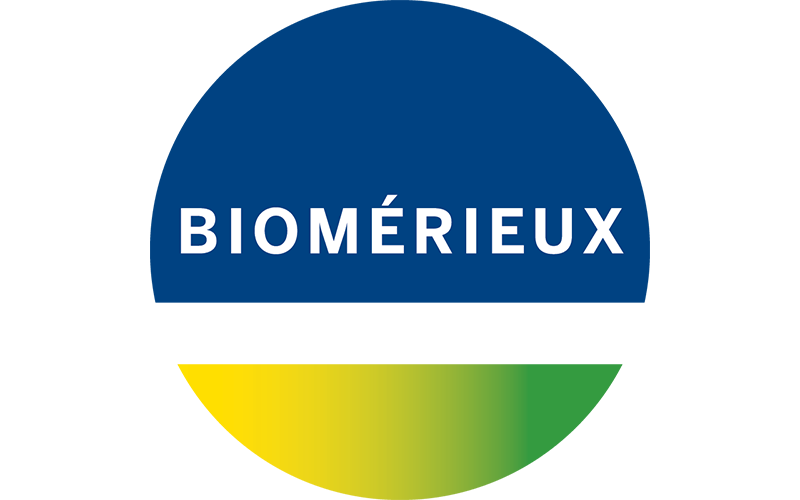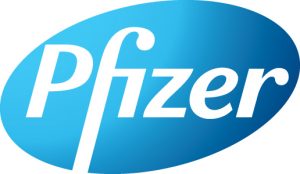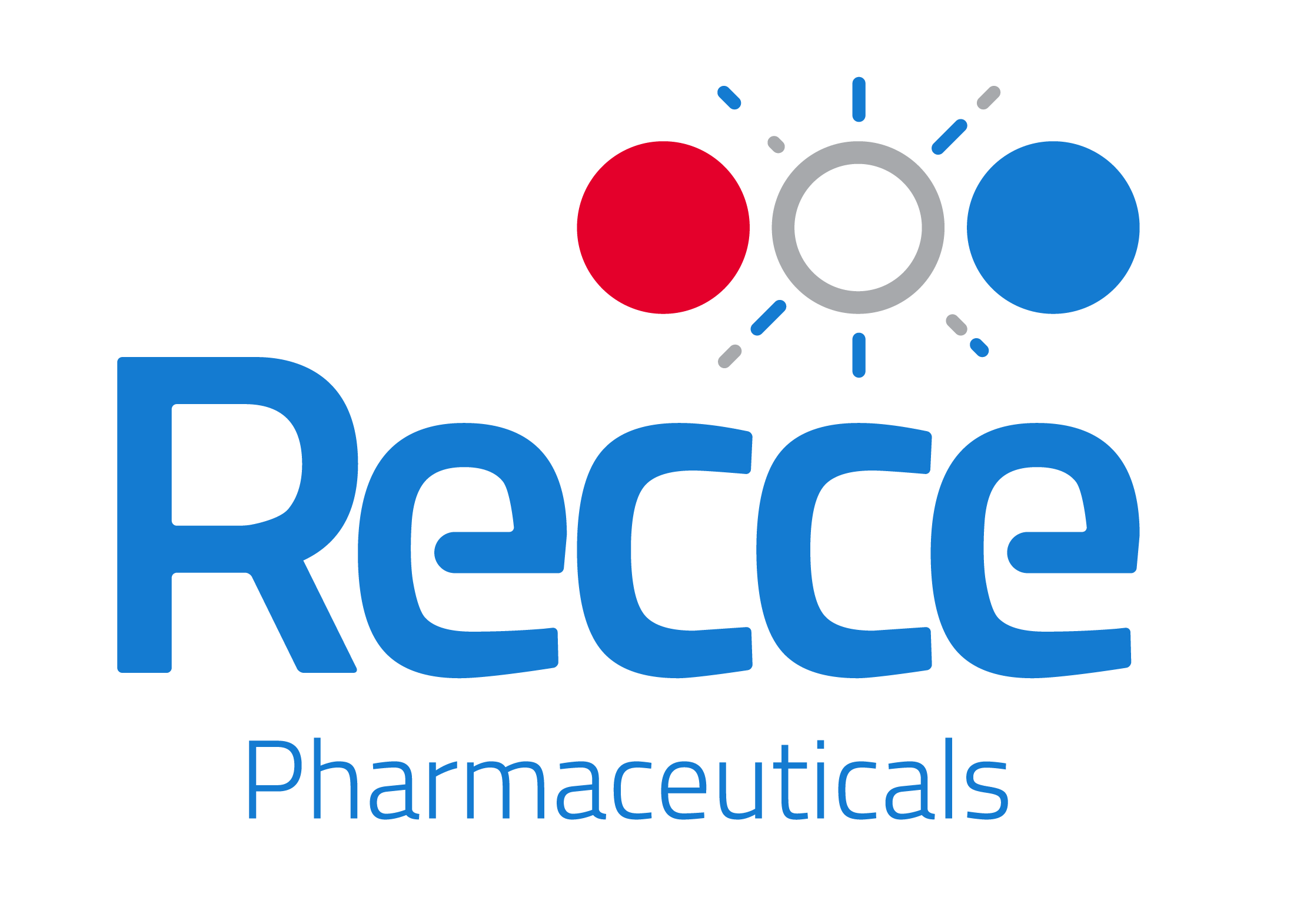Caroline Favory

On August 1st, 2024, I began a solo hike on the developed , starting in Saint-Jean-Pied-de-Port, France, intending to reach Santiago de Compostela. Each day, I walked 20–30 kilometres in the sun, moving from village to village.
Nearly two weeks in, I started feeling unusually weak. My body ached, but I assumed I was just dehydrated. I upped my electrolytes and pushed through, repeating to myself, I can do hard things. I figured the exhaustion was normal, and everyone around me seemed to be struggling too.
On August 13th, 2024, the fifth day of feeling this way, I woke up with an extremely high fever and in excruciating pain. I could barely walk. My stomach couldn’t tolerate food, I could taste blood in my mouth, and I began to feel disoriented. Alone, I made my way to the nearest medical center in Santo Domingo de la Calzada. Unfortunately, the doctor said that they did not have the resources to help me and that I needed to head to the city to get treated for a potential infection. He guided me to the nearest bus station.
I strapped on my hiking bag and headed to the bus station. Every step hurt. As I walked, I called my parents to let them know I was going to be waiting two hours at the station for a one-hour bus ride to the nearest hospital. When my mom saw my pale face over the video call and noticed my lips had turned purple, she said firmly, “Take the ambulance. It’s not going to be expensive, and even if it is, take it.” Those very words saved my life. Sepsis moves rapidly. If I had waited an additional hour, I would not have had the same outcome that I did.
The ambulance took me to the nearest city hospital in Logroño. By the time I arrived, I was shivering, my body aches and stomach pain had intensified, and I could barely stand. While checking in, I was asked where I was from. With a large Canadian flag clipped to my backpack, I paused. I couldn’t remember. I was completely disoriented at this point.
Within 10 minutes, I was seen by a doctor who immediately recognized I needed antibiotics. Unsure of the infection type, they administered a high dose of broad-spectrum antibiotics and hooked me up to IV fluids to rehydrate me. Despite the chaos, I felt a strange sense of peace. Alone, critically ill, in a foreign country where I didn’t speak the language, I tapped into a strength I didn’t know I had. I kept repeating to myself: You can do really hard things.
As the nurses tried to draw blood, I noticed their calm demeanour start to shift. The blood kept coagulating, and nothing was coming out. After multiple attempts, they managed to collect a small vial just enough to confirm I was septic. Sitting in a waiting room chair, wrapped in hospital blankets and hooked to IVs, I was slowly fading in and out. I didn’t understand the Spanish being spoken around me, so when the energy in the room suddenly shifted into urgency, I assumed it was for someone else. The doctor came up to me and told me I was going to be admitted for several days, but due to the language barrier, I only understood that they were keeping me because I had a very common infection.
I remember thinking, That seems dramatic for an infection. I even laughed to myself, thinking maybe they were just being cautious because I was a Canadian tourist and a liability. When I was brought to my room, I filmed a lighthearted “hospital room tour” video for my family and friends, pointing out the reclining bed and the floor-to-ceiling windows. I truly believe that humour, even in those dark moments, helped keep me fighting.
For the next seven days, I fought the hardest battle of my life. The first few days, I couldn’t eat. My stomach felt like it had been stabbed a million times because the bacterial infection had given me pancolitis [a form of ulcerative colitis]. I kept getting fevers, I was so weak and had lost so much weight so quickly, I barely recognized my own body. But I knew this body was doing everything it could to stay alive. (Sepsis and Bacterial Infections)
The nurses and doctors checked on me constantly, administering broad-spectrum antibiotics through an IV, anticoagulants, and what felt like endless fluids. On my second day, a doctor entered the room and handed me her phone. A message, translated into English, explained that all of my lab reports indicated that I had severe sepsis. They were throwing everything they had at the infection. She reassured me the antibiotics were starting to work, but the source of the infection was still unknown.
On the third day, they had discovered I was infected with Clostridium difficile and Campylobacter, two aggressive bacteria that had led me to being septic. Although we never figured out exactly how or where I contracted them, it was a relief to finally have answers and begin targeted treatment. (Sepsis and C. Difficile)
After several more days of antibiotics, I was discharged with a 10-day course to continue. Walking out of the hospital, I was weak but overwhelmingly grateful. I had survived. And while I had lost a lot physically, I was walking out alive, happy, with an entirely new perspective on life and ready to start recovering.
Ten days later, after almost finishing the final dose of antibiotics, I decided to stay in Spain and continue the Camino. I was still recovering and nowhere near as strong as when I started, but with the help of my parents, who had flown in to support me. I hiked slowly, day by day. In September 2024, I reached Santiago de Compostela and completed my first, but certainly not my last, Camino. It’s a moment I will never forget.
Recovery hasn’t been easy. Post-sepsis syndrome continues to affect my daily life; fatigue, brain fog, and ongoing inflammation are part of my new normal. But even in the hardest moments, I remind myself: I’m alive. I’m a survivor. And this second chance at life is something I’ll never take for granted. Facing my own mortality taught me how to live more fully. It taught me how to love even harder, how to show compassion more freely, and how to be gentler with others
What I hope someone takes away from my story is this: always listen to your body. Pay attention to signs that something isn’t right: fevers, disorientation, extreme pain, and exhaustion. I was lucky to be seen and heard in time, but that’s not always the case. Advocate for yourself. Sepsis moves fast; if I hadn’t received care within 10 minutes, my outcome could have been very different. If you suspect sepsis, speak up. Let the hospital staff know immediately. And above all, remember: you can do really hard things.
I am incredibly grateful to the medical staff at the hospital in Logrõno for acting so quickly and saving my life. I don’t have enough thank-yous for the nurses who not only cared for my body, but lifted my spirit and made sure I never felt alone in the fight. To my loved ones, your love and support through my recovery has meant everything. I’m especially thankful for my parents: my dad, who flew to be by my side in the hospital and whose quiet strength gave me courage to keep fighting; and my mom, who carried a cooler of medication across a mountain so I could take my final dose of antibiotics in the middle of the hike.
Finally, I’m deeply grateful for the ongoing research dedicated to improving treatments for sepsis and septic shock, and for the resources that help survivors and their families navigate life after.
































